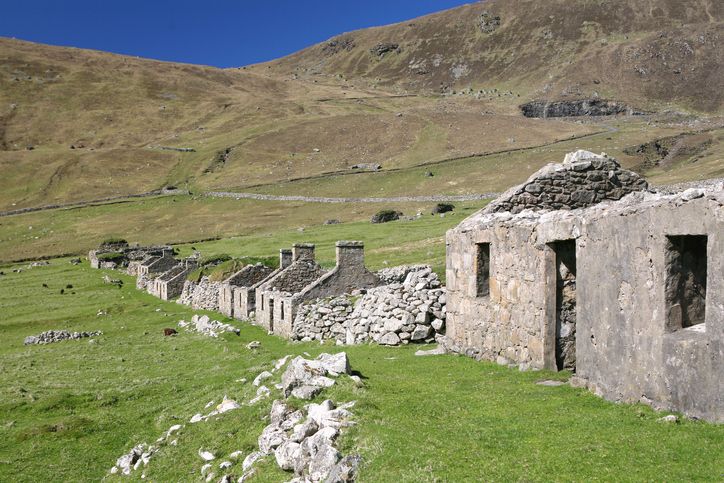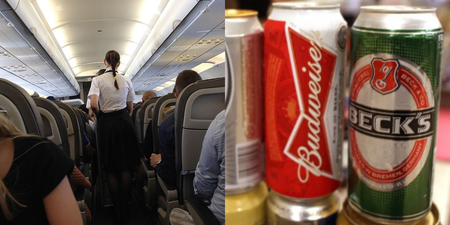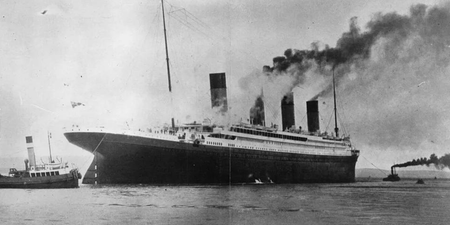The discovery has given historians an insight into how our ancestors lived.
Archaeologists have uncovered an entire Iron Age village on a remote and uninhabited island off the coast of Scotland.
The island of Hirta is the largest of the St Kilda archipelago off the northwest coast of Scotland.
It is one of the most far flung corners of the United Kingdom, and was abandoned by humans in the 1930’s because of it’s rugged landscape and harsh winds.
Before that, it was occupied for over two thousand years by various settlers and creatures.
In recent years, the island has become a hotspot for archaeologists who have been curious to discover new information about the ancient civilisations that once roamed its peaks and valleys.

Between 2017 and 2019, researchers from Guard Archaeology carried out a number of excavations on the island, and in 2021, they published their findings.
The research found countless relics, art and even evidence of what food the previous settlers consumed while living on the island.
Shreds of pottery were discovered on Hirta, suggesting that at once or several times over the previous centuries, the island was permanently inhabited by a community of people.
Traces of carbonised food were found on the pottery, and radiocarbon dating enabled the researchers to place the settlers between 400 and 100 BC.
While the experts are sure people lived on the islands permanently, no evidence of housing structures was found.
A fraction of the pottery was deemed to be from the Bronze Age, suggesting that the island may have been inhabited as early as 20000 BC.
In a press release published on the Guard Archaeology website, Alan Hunter Blair, who directed the excavations, said: “The recent archaeological work has revealed that the eastern end of Village Bay on St Kilda was occupied fairly intensively during the Iron Age period, although no house structures were found.
“The presence of large quantities of Iron Age pottery across the site suggests settlement must have existed nearby,” he added.
“One of the most significant problems facing archaeologists working on St Kilda is that earlier buildings were dismantled and cleared away in order to build new ones using the old stone as a building resource.
“Stone was also cleared, including that in burial mounds to increase the available cultivation area, leaving little trace of what may have been there before. The fact that any archaeological remains survived at all on the recent investigated area is remarkable given the location of the site on extensively used and landscaped ground.
“The remote island group of St Kilda has not been immune from change, but understanding what is left, allows us to understand the lives of its past inhabitants in a little more detail.”
The St Kilda archipelago is a UNESCO designated World Heritage Site.
The island group, which is situated 64 km west of the Outer Hebrides, are all that remain of an eroded volcano that was active during plate tectonic movements and the creation of the North Atlantic Ocean c. 55 million years ago.
The excavations were located in the south-west of the main island of Hirta overlooking Village Bay.
Related Links:
‘Virgin derby’ set to be played this weekend
Iceland volcano erupts for fourth time since December
‘400ft long ice ship’ discovered in Antarctica
Stunning British island will pay you £150,000 to move there















































